Editor's note: 50 years after the historic victory, the country has entered a new era - "building a glorious, bright future for the Vietnamese people". On this special anniversary, VietNamNet introduces a series of articles with the theme "April 30 - a new era".
Experts, military experts, and historical witnesses shared memories, lessons, and experiences from the victory of the resistance war against the US to save the country. That is the strength of great national unity - the source of victory of the resistance war, the will to protect the independence and autonomy of the nation and unify the country, and the belief in entering a new era of national development.
It is also a lesson in mobilizing people's strength, gaining international support; a lesson in diplomacy and military in the resistance war for the task of protecting the Fatherland early and from afar. It is the creativity, resilience, and strength of the people's war for the cause of national liberation, a great lesson in promoting internal strength for the cause of building and protecting the Fatherland.
VietNamNet invites readers to meet again the "living monuments", witnesses of historical moments.
Recently, Colonel Nguyen Van Nghia - Hero of the People's Armed Forces, former Regiment Commander of Regiment 935 (Division 370) - had the opportunity to return to his old unit at Bien Hoa airport, Dong Nai province.
This visit evoked in him memories of the heroic fighting days and the moment of the parade in the sky of Ho Chi Minh City - then called Saigon - in 1975.
Leading the historic parade flight
Born in 1946 in Quang Ngai, young Nguyen Van Nghia followed his father to the North to study before joining the army.

Colonel Nguyen Van Nghia. Photo: Hoang Anh
In 1965, Mr. Nghia was recruited into the air force and sent to the Soviet Union to learn how to fly fighter planes. After 3 years of training, in 1968, he returned to the country to join the fight, achieving many feats in protecting the Fatherland's airspace.
The former pilot clearly remembers that on May 12, 1975, a formation of 12 MiG-21 aircraft led by him departed from the North, heading towards Bien Hoa airport. However, due to bad weather, the squadron was forced to stop in Da Nang and continue the journey the next day, landing at Bien Hoa airport at 10:30 on May 14.
"After that, the squadron continued to receive the mission for May 15, 1975, including 2 flight squadrons with 4 aircraft each, performing a parade above the Independence Palace during the victory celebration" - Colonel Nghia said.
Mr. Nghia said the flight was carried out in the presence of many high-ranking leaders, headed by President Ton Duc Thang.
"When the MiG-21 formation flew above the Independence Palace, the roar of the jet engines made the people very excited.
Not long before, our air force had defeated the US air force. We were proud to fly over the city's sky, affirming the strength of the Vietnamese Air Force at that time," Mr. Nghia recalled.
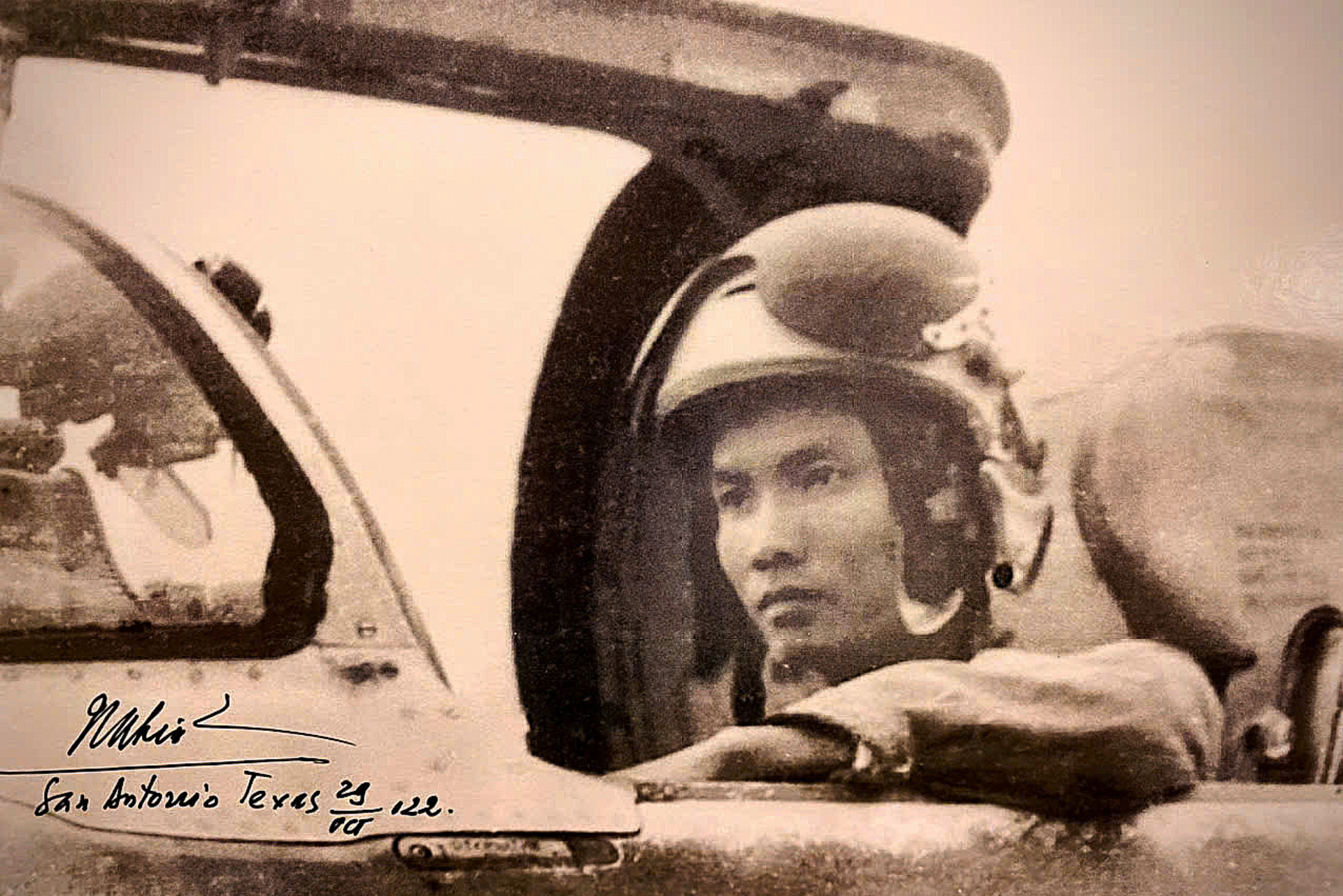
Pilot Nguyen Van Nghia leads the MiG-21 formation in a parade past the Independence Palace on May 15, 1975. Photo: NVCC
After the performance in the sky, the squadron returned to Bien Hoa airport and landed safely, completing the mission excellently.
On May 16, a squadron continued to conduct a second flight over the newly liberated city, marking an important milestone, affirming the strength of the air force in the new era.
Young pilots follow in the footsteps of the previous generation
Returning to Bien Hoa airport, Colonel Nghia was moved to witness the changes. Today's young pilots follow in the footsteps of their predecessors, continuing the mission of protecting the Fatherland's airspace.
“We are the pioneers, when we see the current flight formation, we are really excited. The air force is growing stronger, both in terms of level and skills. Complex exercises are all successfully carried out, affirming the steady development of the Vietnam Air Force,” he shared.
During the visit, Mr. Nghia met and talked with young pilots. He also shared valuable experiences he had accumulated and how he led the squadron in the parade over the Independence Palace half a century ago.

Colonel Nghia (left) imparts his experience to pilot Nguyen The Dung. Dung was the one who took the lead in the formation on April 30 this year. Photo: Hoang Anh
In the parade on April 30, Colonel Nguyen The Dung - Political Commissar of Division 371, Su-30MK2 fighter pilot - will take the lead position in the formation.
Sharing about this important task, Mr. Dung said that according to the regulations of the Air Force and the training curriculum, the team leader is the one who is fully responsible for the flight as well as the safety of the members in the formation. From the time the plane rolls onto the runway, takes off until it lands safely, the team leader must command the formation accurately and closely.
"Flying over a large city with many high-rise buildings and complex terrain, pilots must carefully study flight parameters and safety margins. This is not only an honor and pride but also a great responsibility. To complete the mission, the commander needs to have a strong will and extensive professional knowledge to lead the squadron to perform the assigned tasks well" - Colonel Dung emphasized.
With firm belief in the strength of the army, Colonel Nghia affirmed: "Today, the Vietnam Air Force is the 'iron fist' that firmly maintains the sovereignty of the sky and seas of the Fatherland."
Vietnamnet.vn
Source: https://vietnamnet.vn/nguoi-phi-cong-dan-dau-chuyen-bay-dieu-binh-tren-bau-troi-sai-gon-thang-5-1975-2383859.html


![[Photo] Nearly 3,000 students moved by stories about soldiers](https://vphoto.vietnam.vn/thumb/1200x675/vietnam/resource/IMAGE/2025/5/17/21da57c8241e42438b423eaa37215e0e)

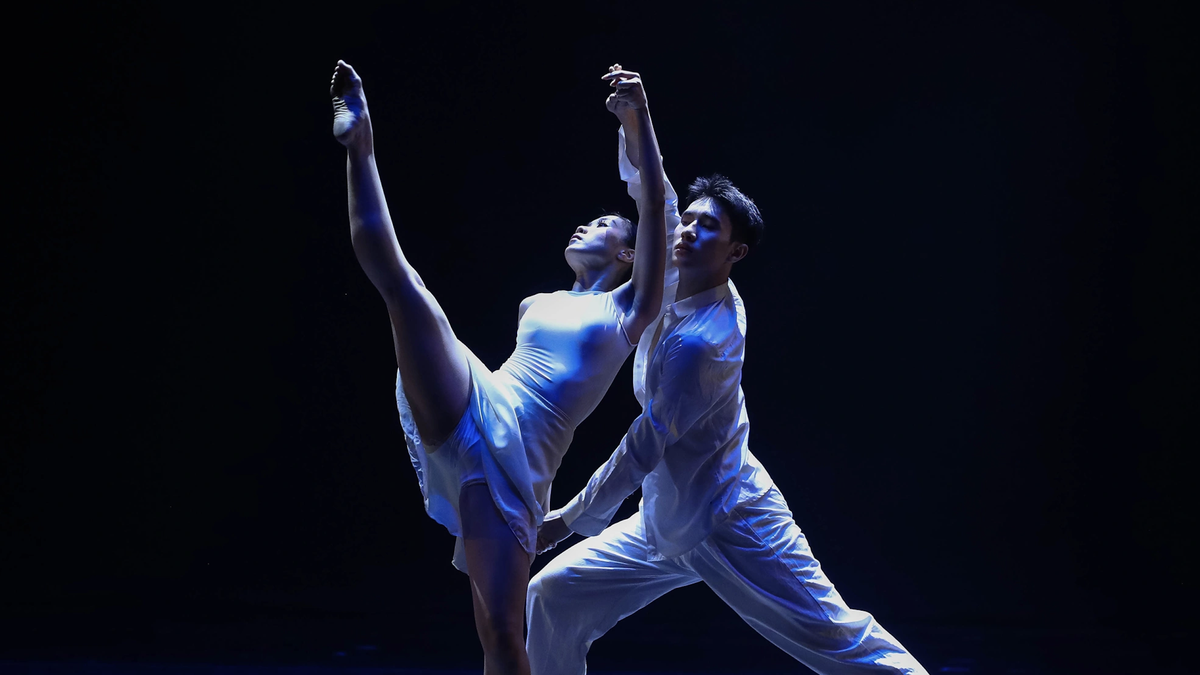


![[Photo] Readers line up to visit the photo exhibition and receive a special publication commemorating the 135th birthday of President Ho Chi Minh at Nhan Dan Newspaper](https://vphoto.vietnam.vn/thumb/1200x675/vietnam/resource/IMAGE/2025/5/17/85b3197fc6bd43e6a9ee4db15101005b)
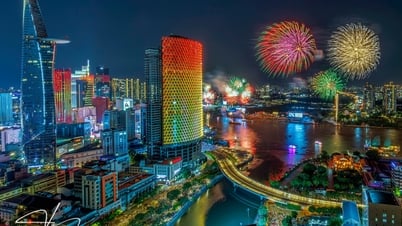

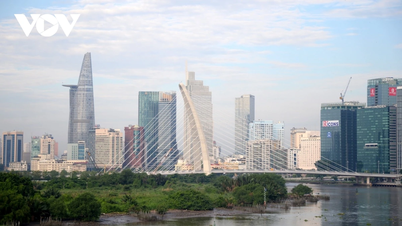

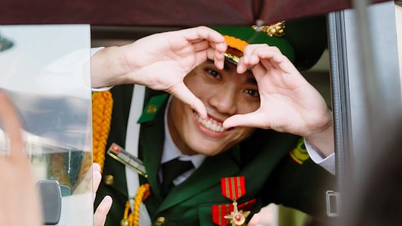

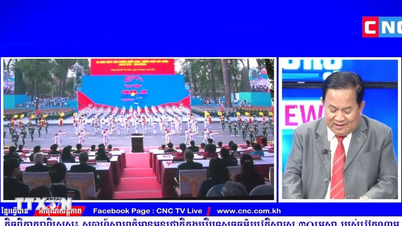

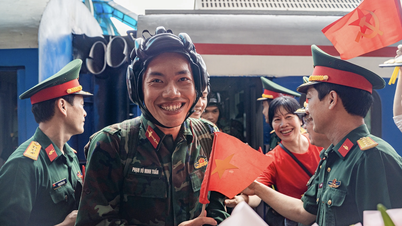

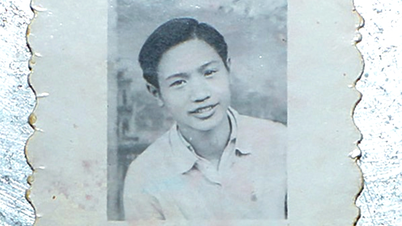
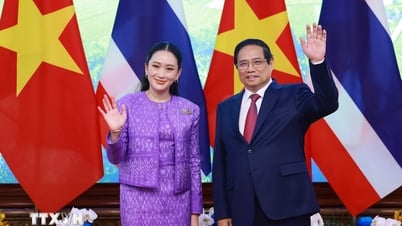
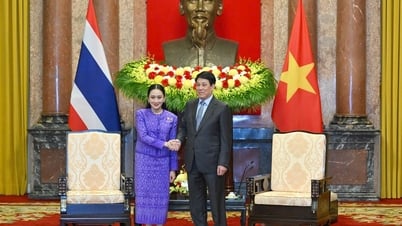

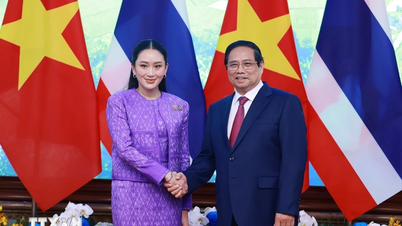
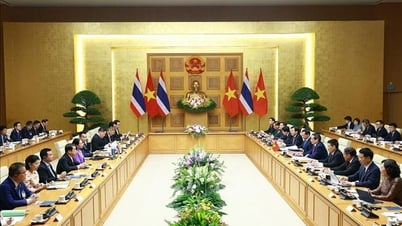

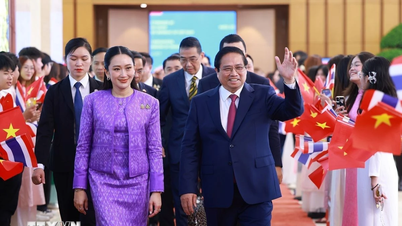

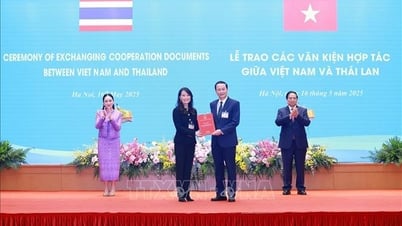




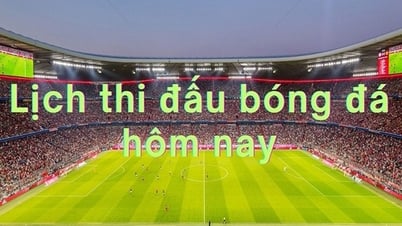
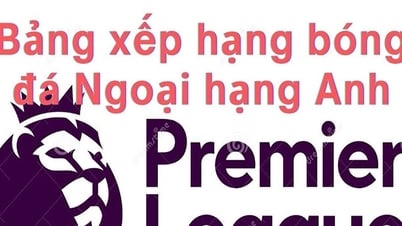


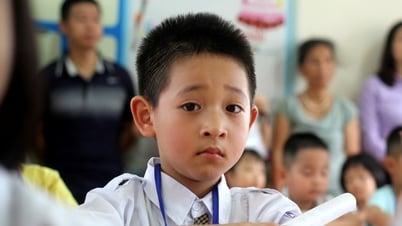


















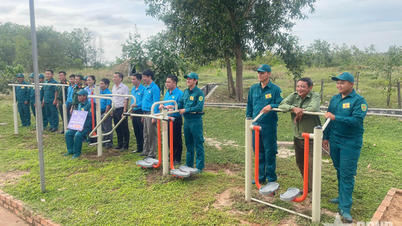












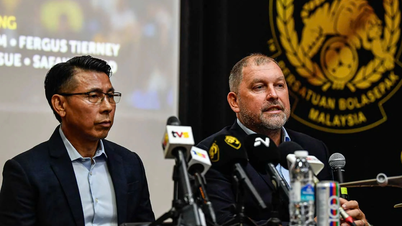

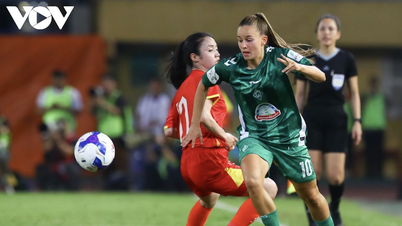
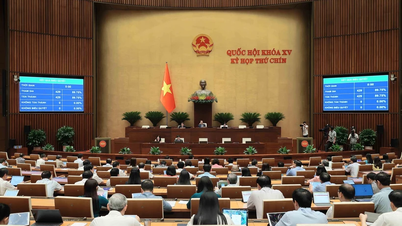








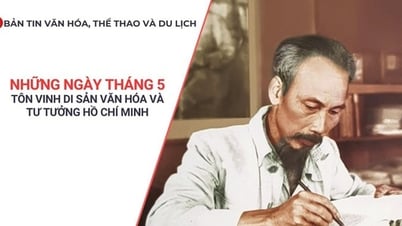
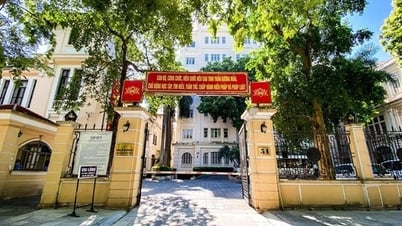



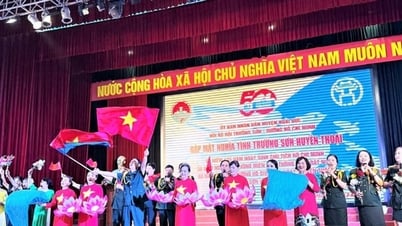

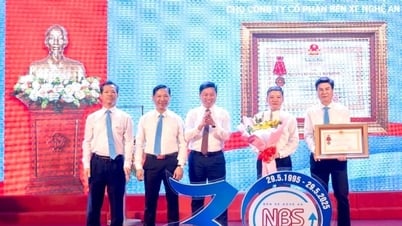

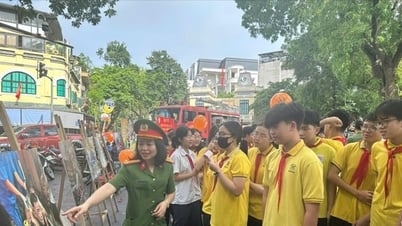
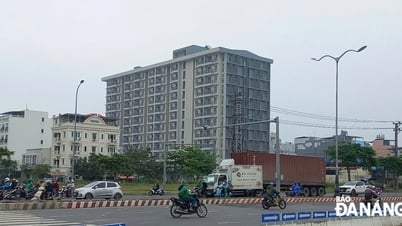

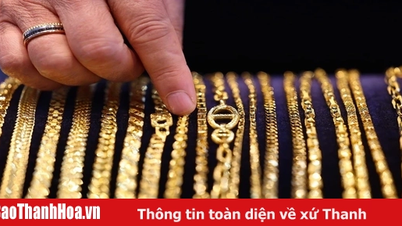










Comment (0)